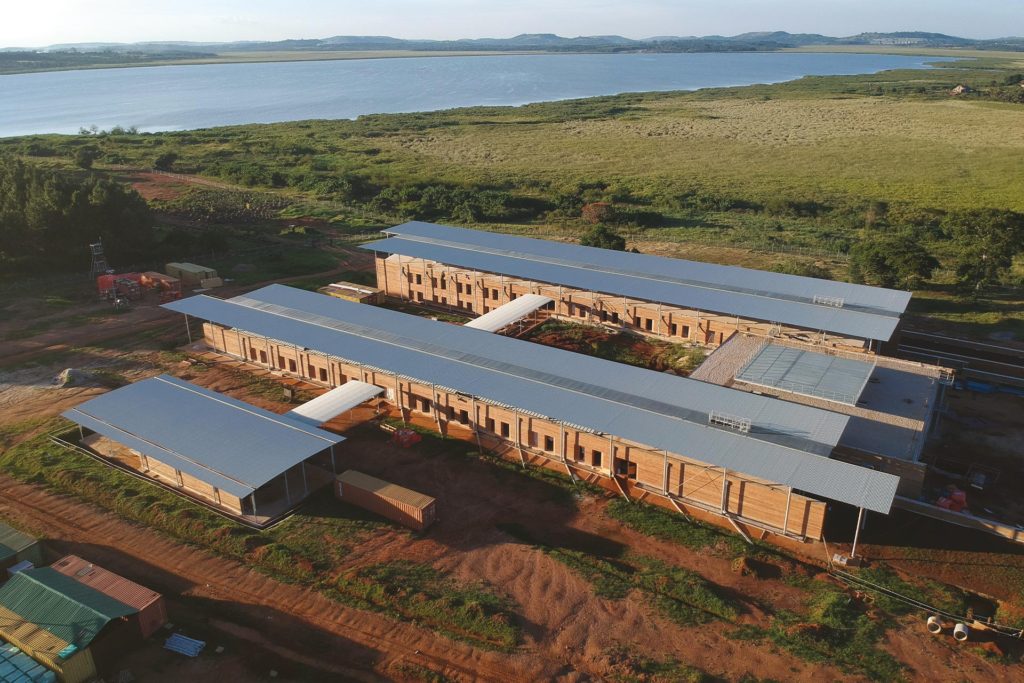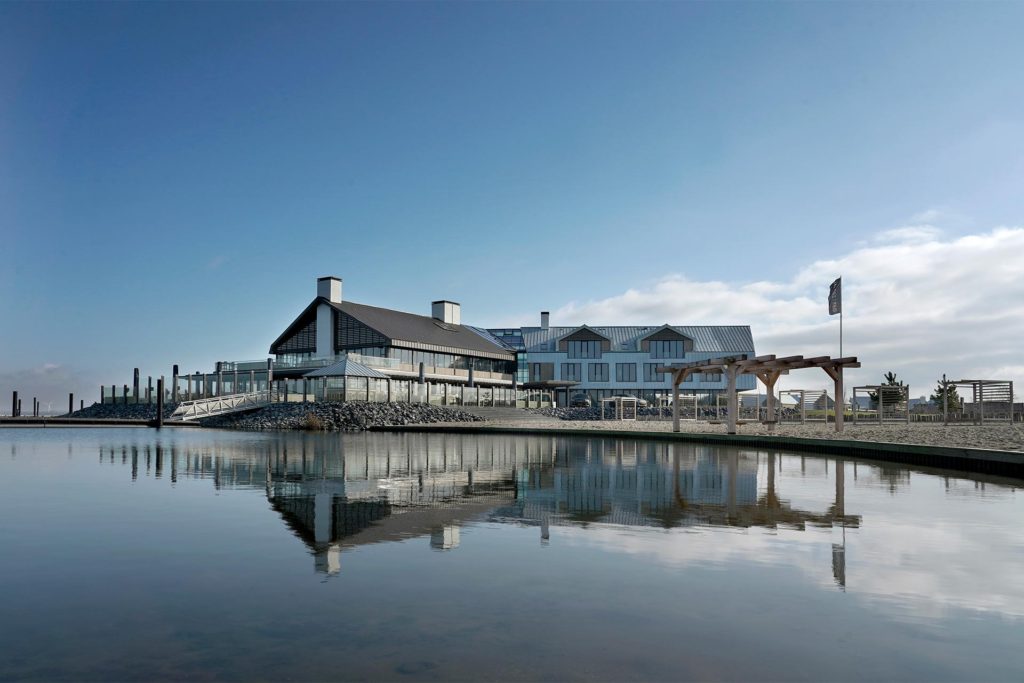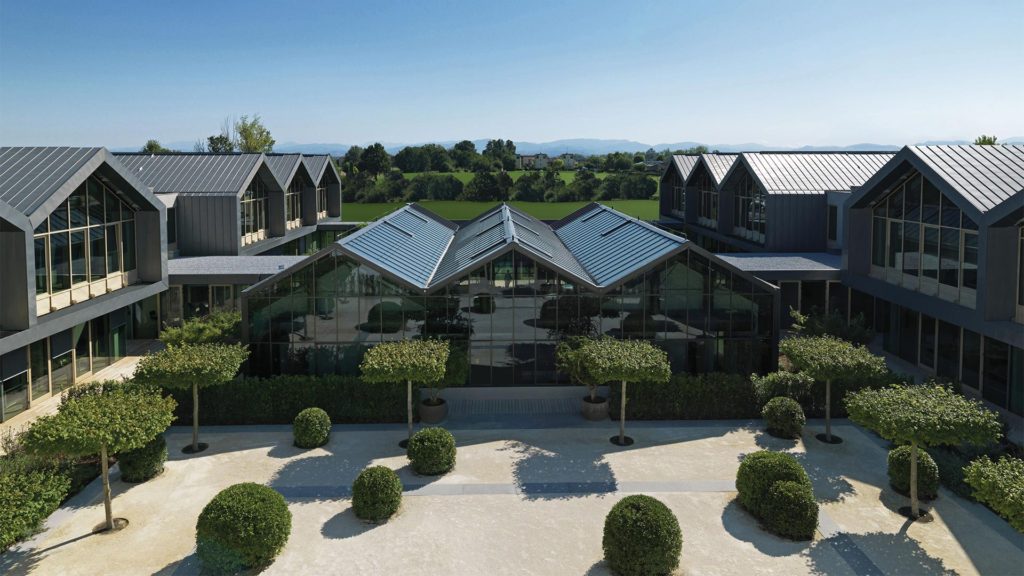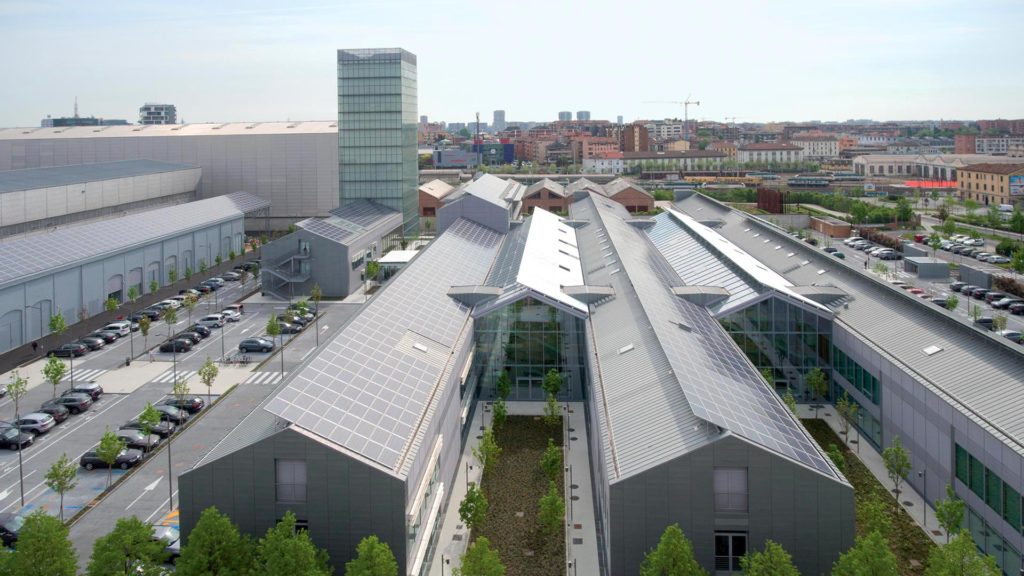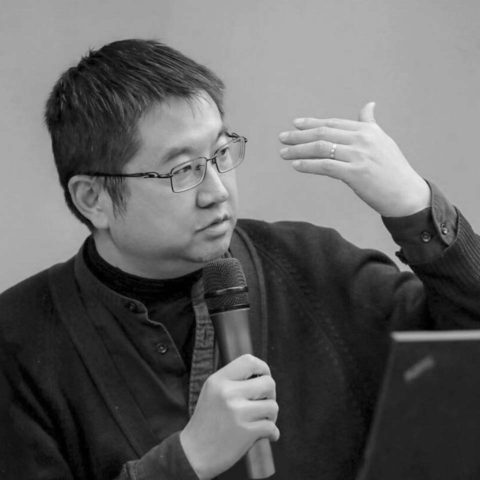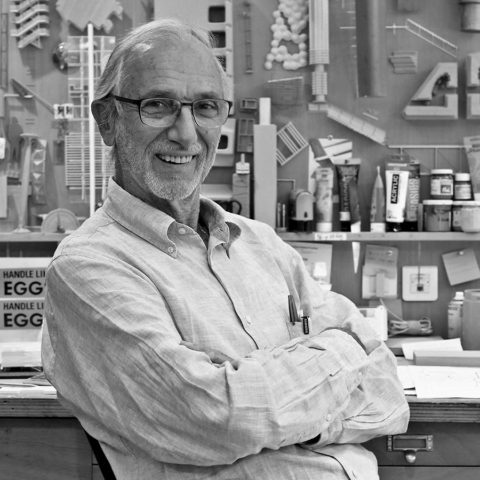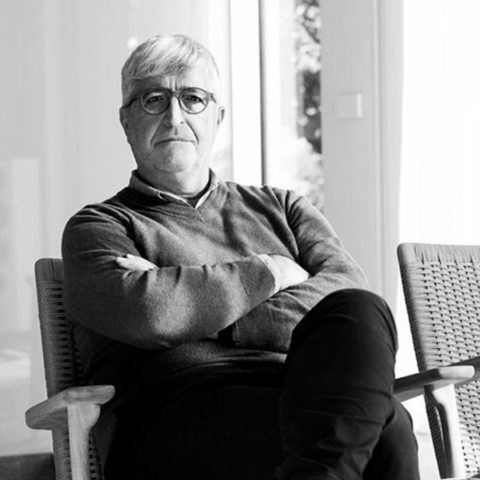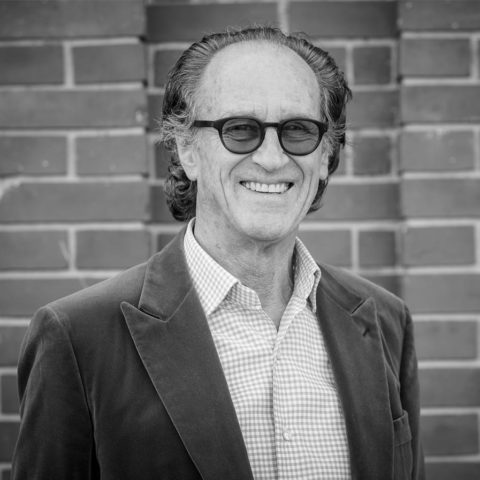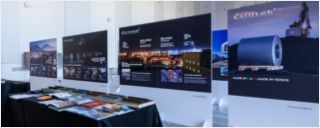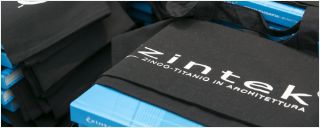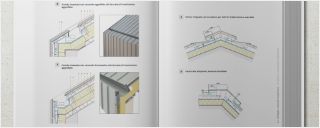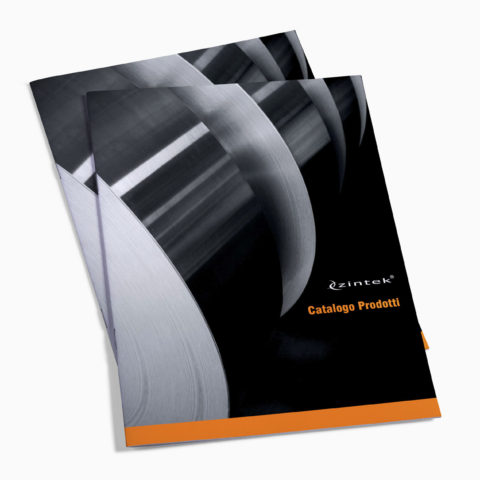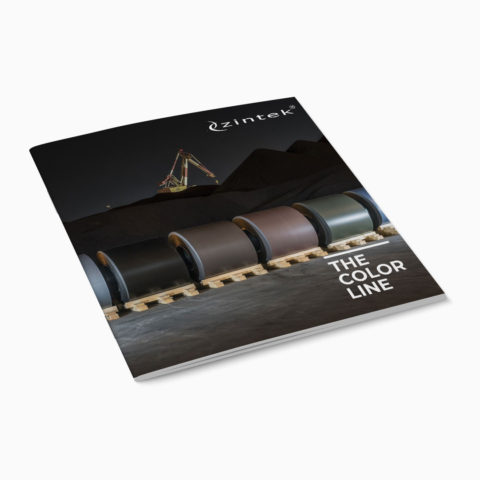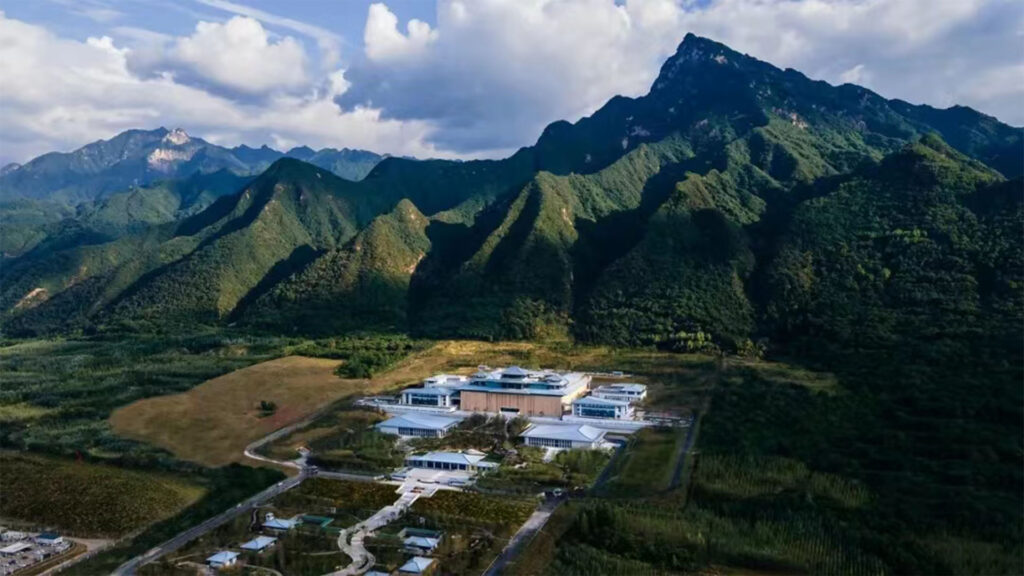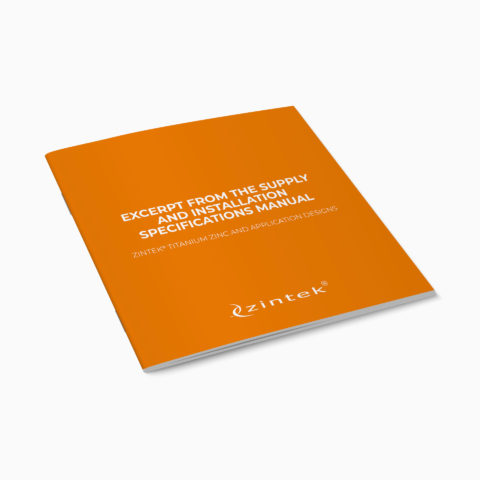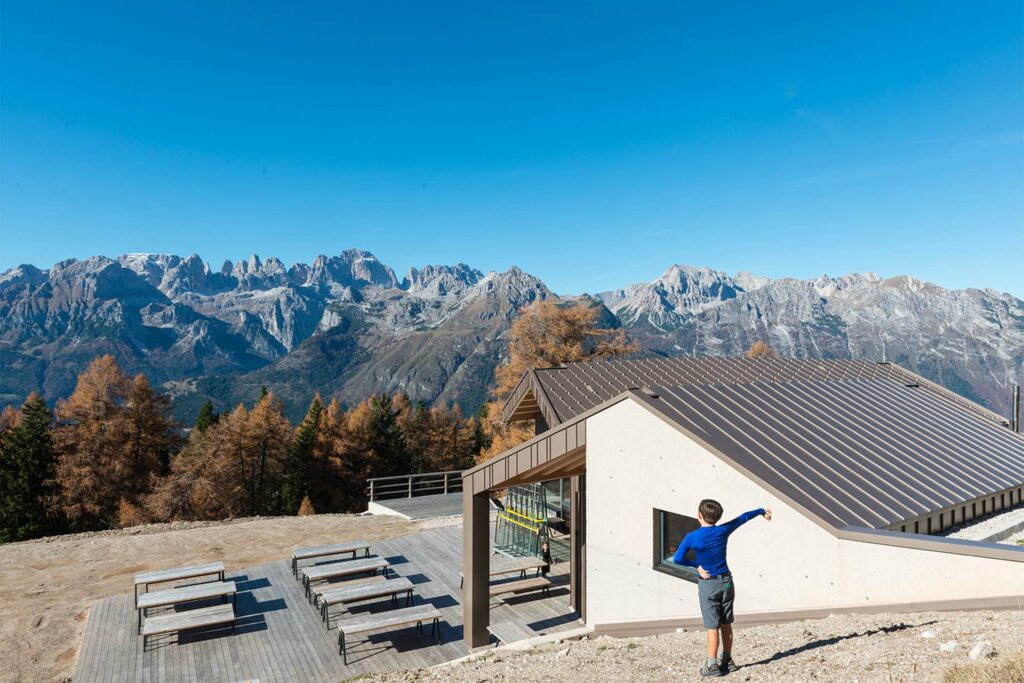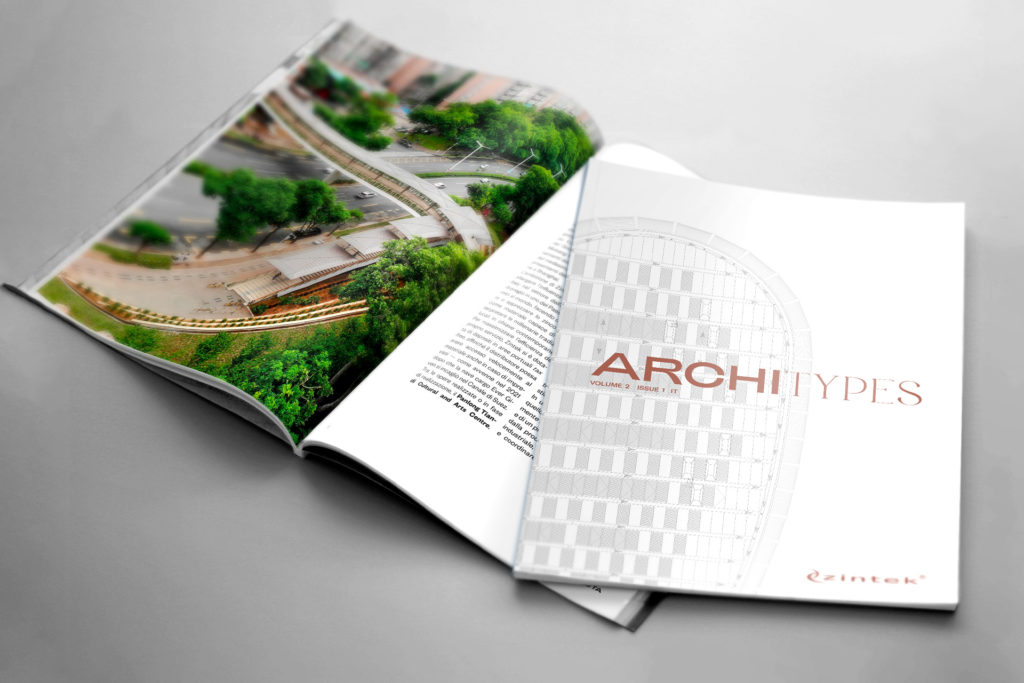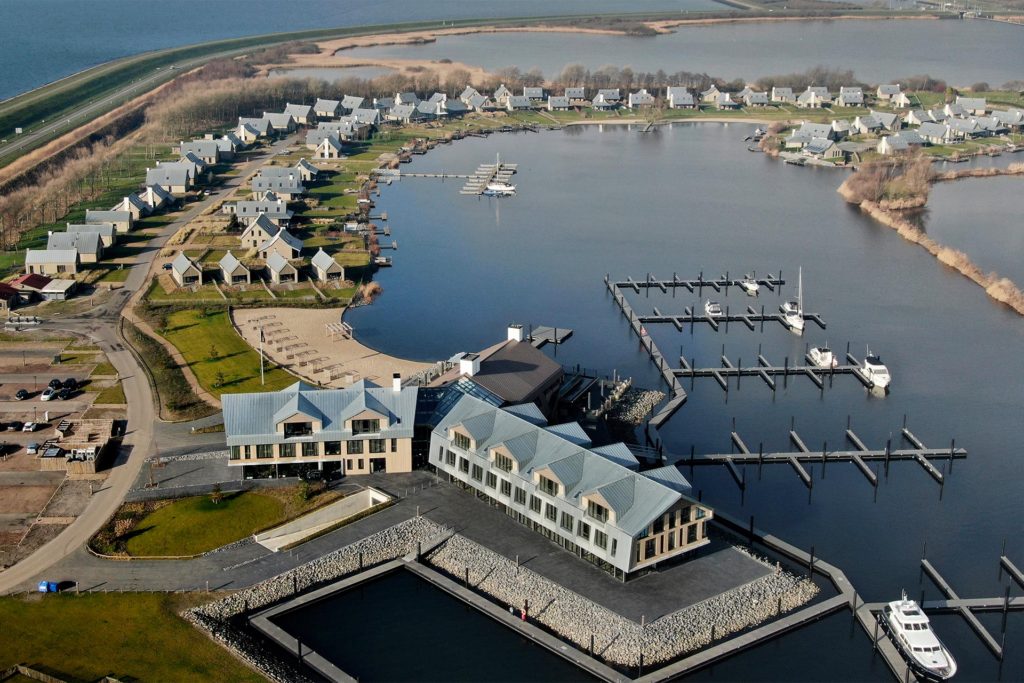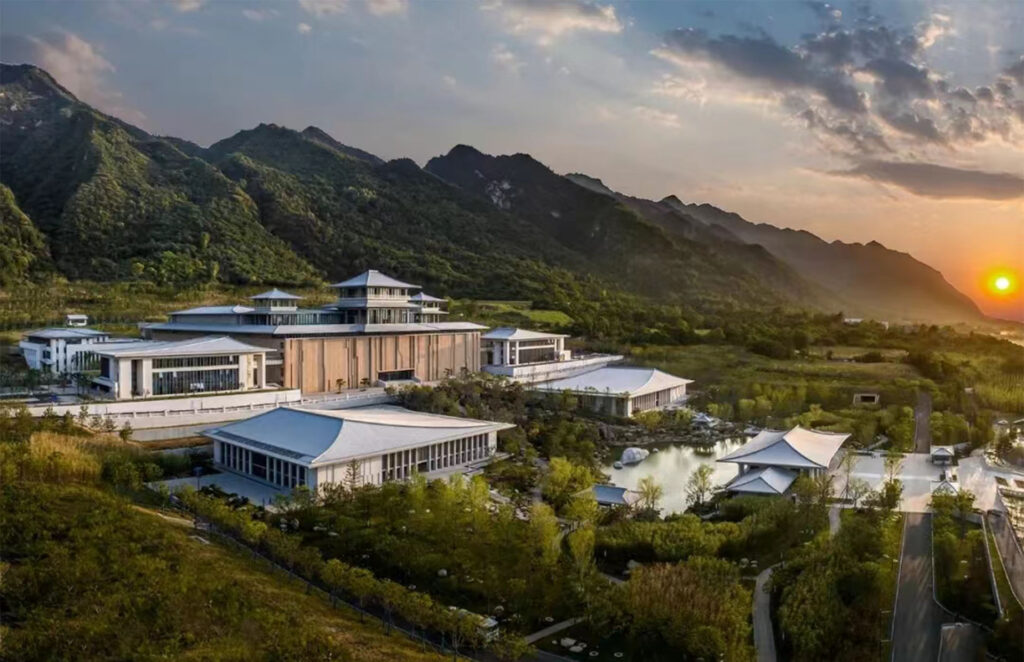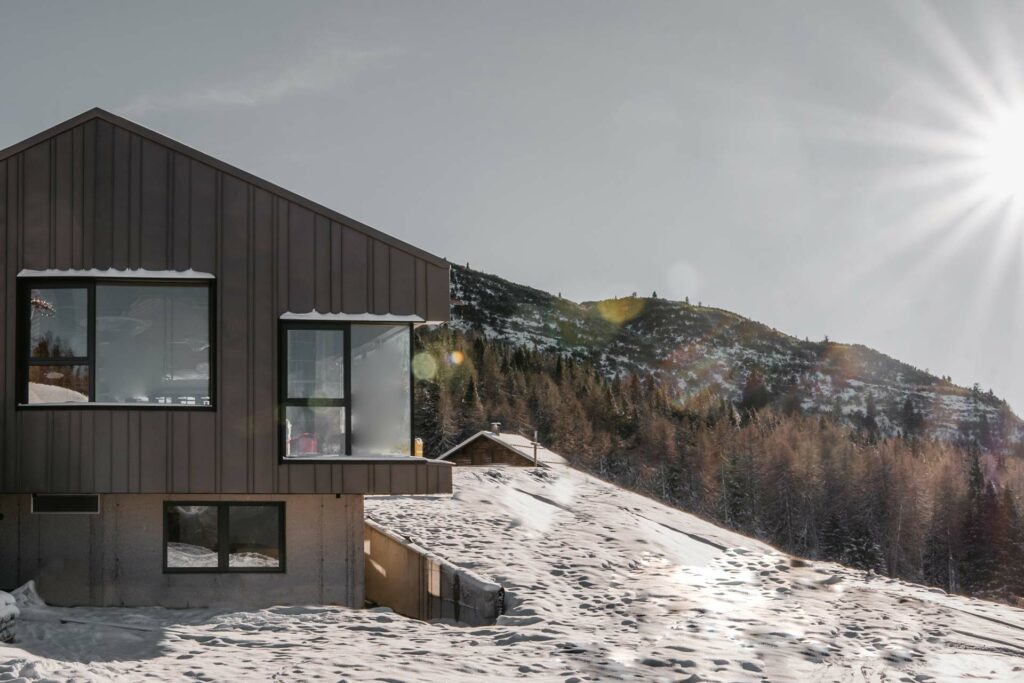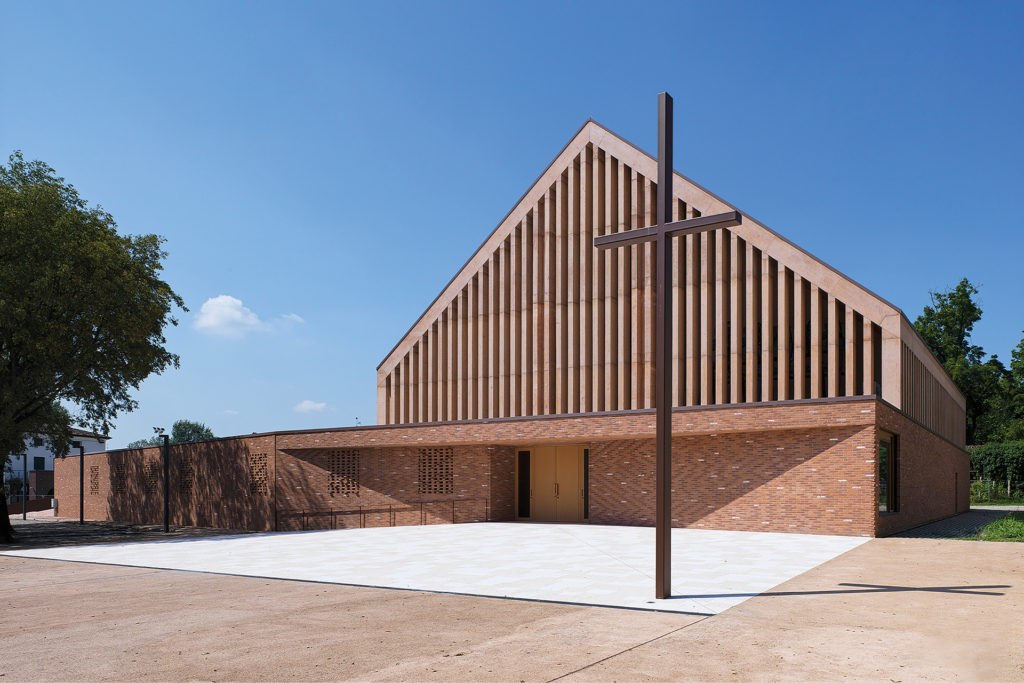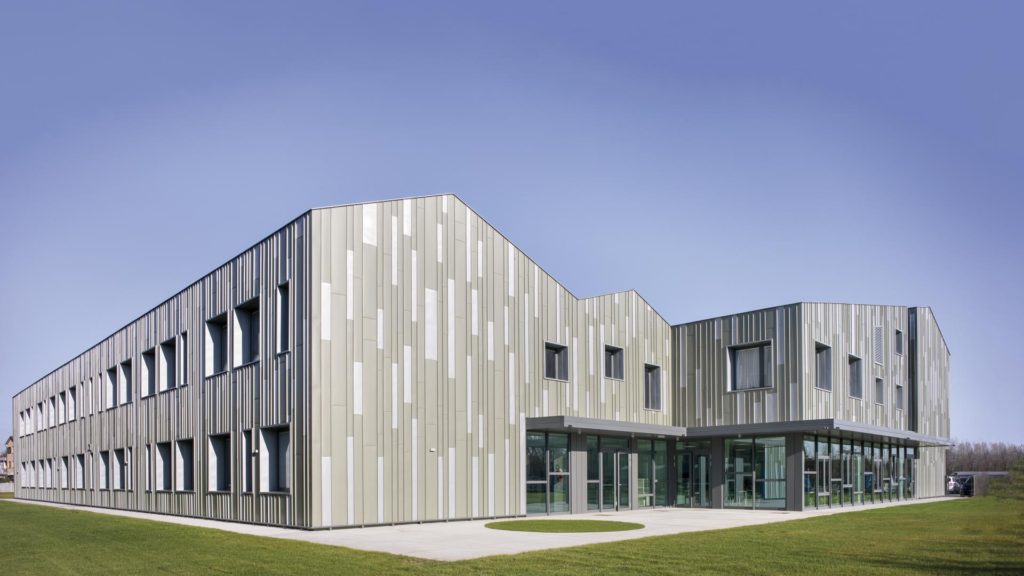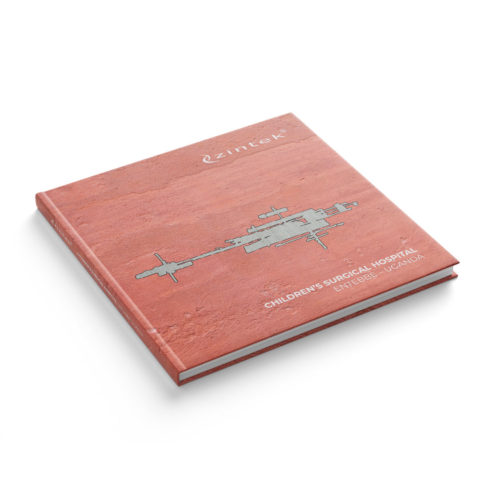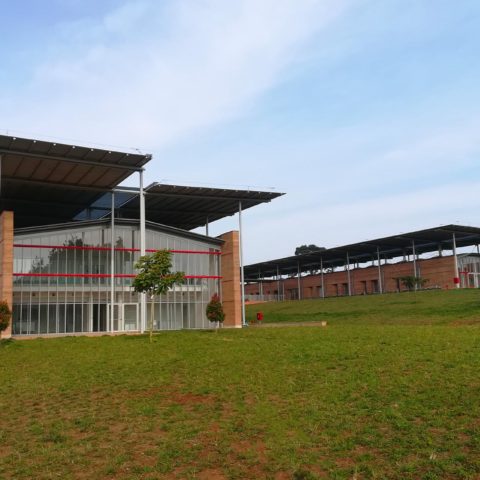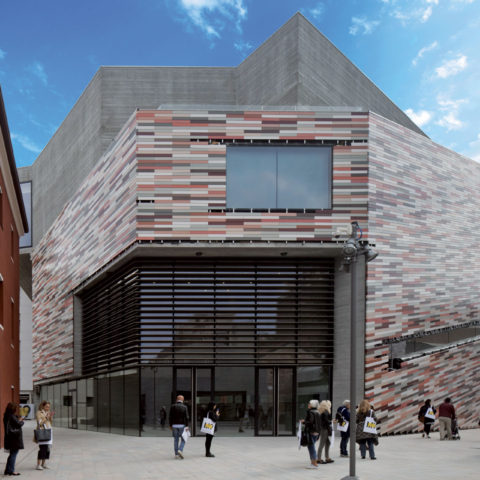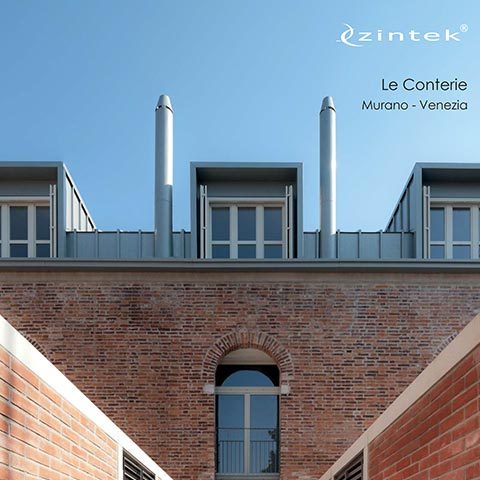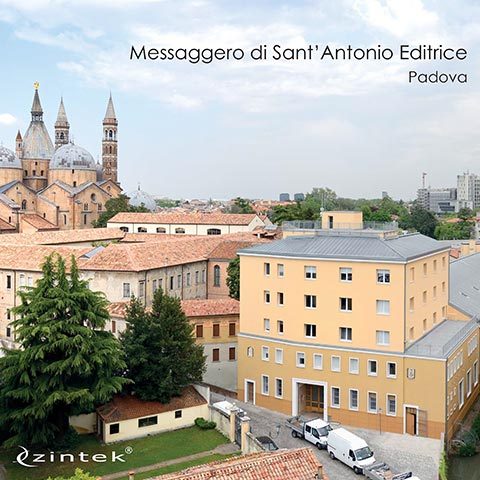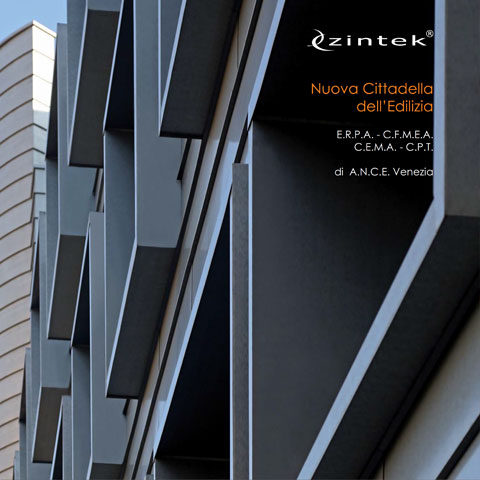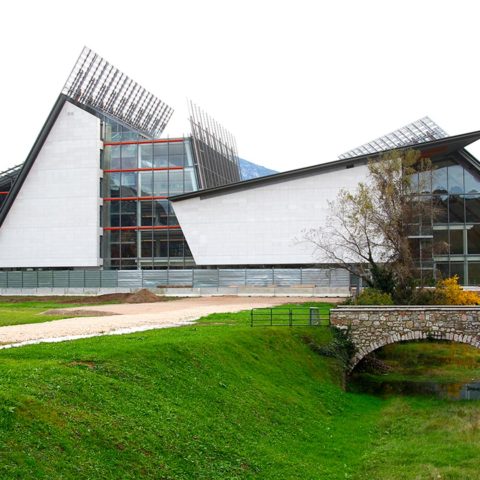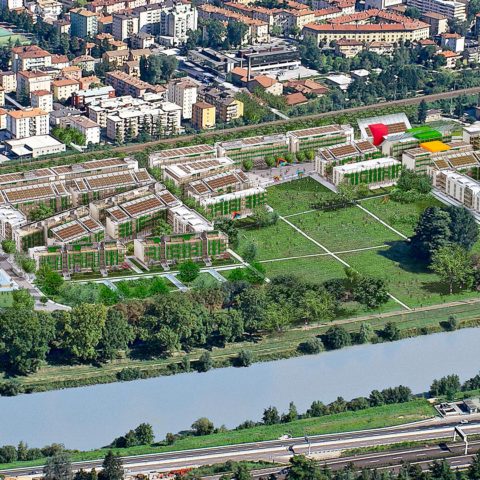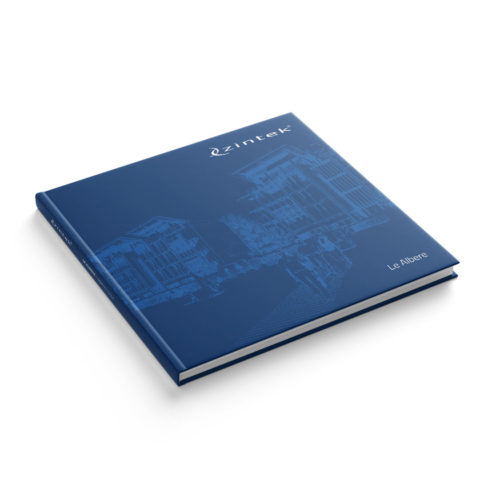Who said that cities get crowded only when the sun is shining and the warm air invites you to lie down on the lawns? Accomplice to the search for Christmas gifts, the time of year that is about to start is just one of those in which the population centers are awakened, offering the people who live there, and visitors passing by, the opportunity to attend a great variety of cultural events. Visit a museum, explore a little-known neighborhood, take advantage of the pedestrian and bicycle paths that increasingly cross the cities, are just some of the activities that can be carried out, and not only, in the most historic areas.
For some years now, architecture has made the so-called “urban regeneration” its slogan. This is the tendency to recover and – in fact – redevelop the pre-existing building heritage, especially in the suburbs, with interventions that are attentive to the natural context, to sustainability, and the social purpose alike. In fact, the aim of these operations is not only to renovate abandoned buildings, but also to improve the quality of life in the cities, by activating a virtuous circle between environmental and cultural sustainability

One of the best-known examples of this type of initiative is the redevelopment of the ex-Michelin area in the city of Trento, on which a new neighbourhood has arisen. Inaugurated in 2013, this is composed of a residential complex, named “Le Albere”, a multifunctional center and the MUSE, the museum of natural sciences in Trento, projects signed by the architect Renzo Piano, who wished to create an example of “responsible” architecture. In fact, the architect aimed to create buildings that are less and less “aggressive” towards the environment, made with natural materials, respecting the local tradition and the characteristics of the territory.
A philosophy that has led to the selection of the zintek® rolled sheet metal for the roof, an element chosen for its ecological qualities (and perfectly compatible with the current environmental regulations, recyclable and reusable) and for the ability to protect from atmospheric agents, without ignoring or sacrificing the aesthetic aspect. Indeed, the important task of ensuring a so-called stylistic uniformity to the entire complex has been entrusted to the cladding.

Zintek® crosses almost through the whole neighbourhood like a red thread, defining style and purposes and informing, from the top of the buildings, that the city and its architecture have been created especially for us. And all you need to do is raise your eyes to the sky to remember it.

